Rackmount computers are a popular choice in various industries due to their design, efficiency, and versatility. These systems, designed to be mounted in standardized racks, offer several advantages over traditional desktop or tower configurations. This article explores the key benefits of using rackmount computers in different settings, highlighting their impact on space management, scalability, maintenance, and performance.
One of the most significant advantages of rackmount computers is their space efficiency. In environments where space is at a premium, such as data centers, server rooms, and industrial settings, the compact design of rackmount systems allows for optimal use of available space.
By stacking multiple units vertically in a rack, businesses can house a large number of computers in a relatively small footprint. This arrangement not only saves valuable floor space but also facilitates easier organization and cable management. With everything neatly contained in a rack, it’s easier to keep the work environment tidy and functional.
Rackmount computers offer excellent scalability and flexibility, making them ideal for growing businesses and dynamic environments. As computing needs evolve, additional rackmount units can be easily added to the existing rack, allowing for seamless expansion.
This modular approach ensures that businesses can scale their IT infrastructure in line with demand without significant downtime or disruption. Additionally, different types of rackmount units—such as servers, storage devices, and networking equipment—can be mixed and matched within the same rack, providing a customized solution tailored to specific needs.
Industrial 4U Rack PC with 9" LCD Touch Screen Panel
Effective cooling and ventilation are critical for maintaining the performance and longevity of computer systems. Rackmount computers are designed with this in mind, featuring enhanced airflow and cooling mechanisms that help dissipate heat more efficiently than traditional setups.
In a rack configuration, airflow can be managed more effectively, often with the aid of built-in cooling systems and strategically placed fans. This helps prevent overheating, which can lead to hardware failures and reduced performance. Maintaining optimal temperatures ensures that the computers run reliably and efficiently, even under heavy loads.
Rackmount computers are easier to maintain and manage compared to standalone units. Their standardized design allows for quick access to individual components, facilitating routine maintenance, upgrades, and repairs without significant downtime.
In a rack setup, IT personnel can swiftly replace or upgrade hardware components, such as drives, memory, and power supplies, without the need to dismantle entire systems. This not only reduces maintenance time but also minimizes the risk of accidental damage to other components. Additionally, many rackmount systems come with remote management capabilities, allowing for efficient monitoring and troubleshooting from a central location.
Security is a paramount concern for any IT infrastructure. Rackmount computers enhance physical security by centralizing hardware in a single, secure location. Racks can be locked to prevent unauthorized access, and additional security measures, such as surveillance cameras and access control systems, can be implemented to protect sensitive equipment.
Furthermore, rackmount setups can be integrated with advanced security features like encryption, firewall protection, and secure remote access, ensuring that data and applications are safeguarded against cyber threats.
While the initial investment in rackmount computers and associated infrastructure may be higher than desktop alternatives, the long-term cost benefits are substantial. The space-saving design reduces the need for extensive physical infrastructure, and the improved cooling efficiency can lead to lower energy costs.
Moreover, the ease of maintenance and scalability reduces operational disruptions and the need for frequent replacements, resulting in cost savings over time. Businesses can achieve a higher return on investment by leveraging the robust performance and durability of rackmount systems.
Q: What industries benefit the most from rackmount computers?
A: Rackmount computers are widely used in various industries, including data centers, telecommunications, manufacturing, healthcare, and finance. Any sector that requires reliable, scalable, and efficient computing solutions can benefit from the use of rackmount systems.
Q: How do rackmount computers improve system reliability?
A: Rackmount computers improve system reliability through enhanced cooling, organized cable management, and easy access for maintenance and upgrades. Their robust design also reduces the risk of hardware failure and downtime, ensuring continuous operation.
Q: Can rackmount computers be customized?
A: Yes, rackmount computers can be highly customized to meet specific needs. Businesses can choose from a variety of components, configurations, and accessories to build a tailored solution that aligns with their requirements and budget.
In conclusion, rackmount computers offer numerous benefits, making them an excellent choice for businesses seeking efficient, scalable, and reliable computing solutions. Their space efficiency, flexibility, improved cooling, ease of maintenance, enhanced security, and cost-effectiveness provide a compelling case for their adoption in a wide range of applications.
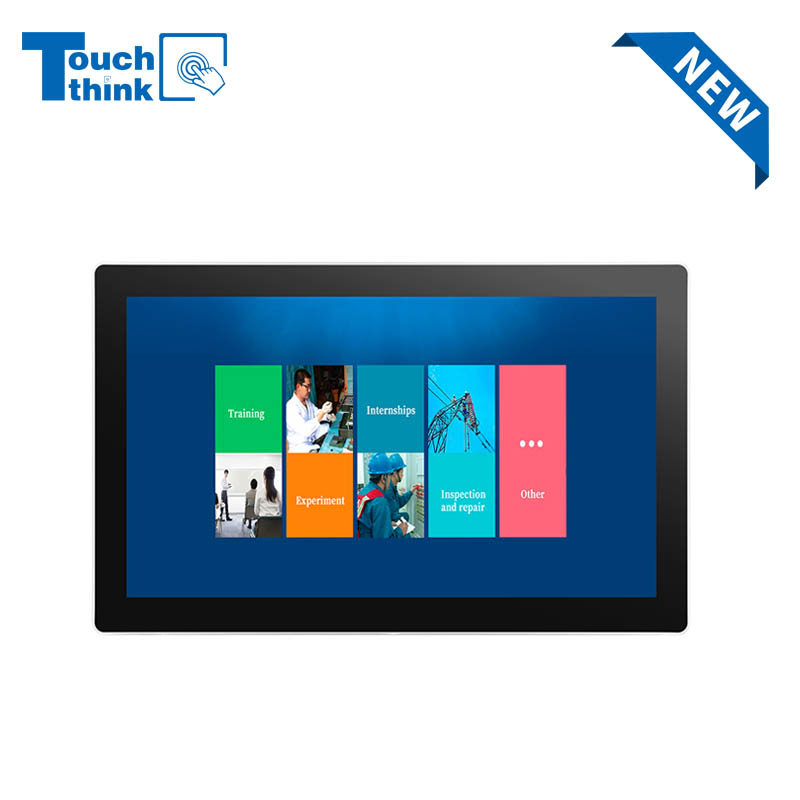
IP65 Wall-Mounted Industrial Touch Screen Monitor | Waterproof HMI Display VIEW MORE
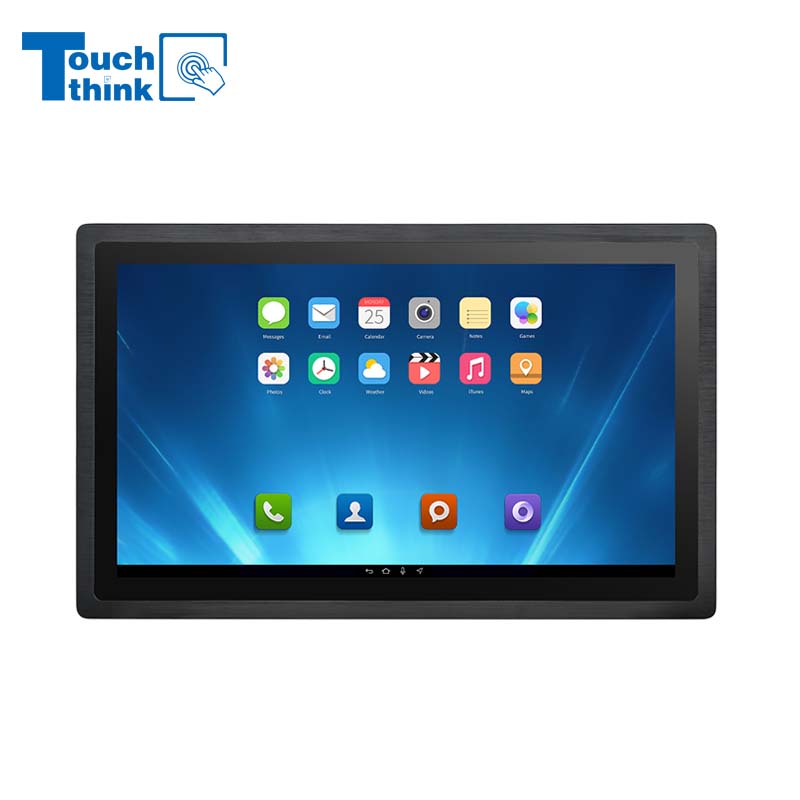
23.8 Inch Industrial Panel PC, Slim Ultra-Thin Design, Multiple I/O Ports, Rugged Touch Computer for IIoT VIEW MORE
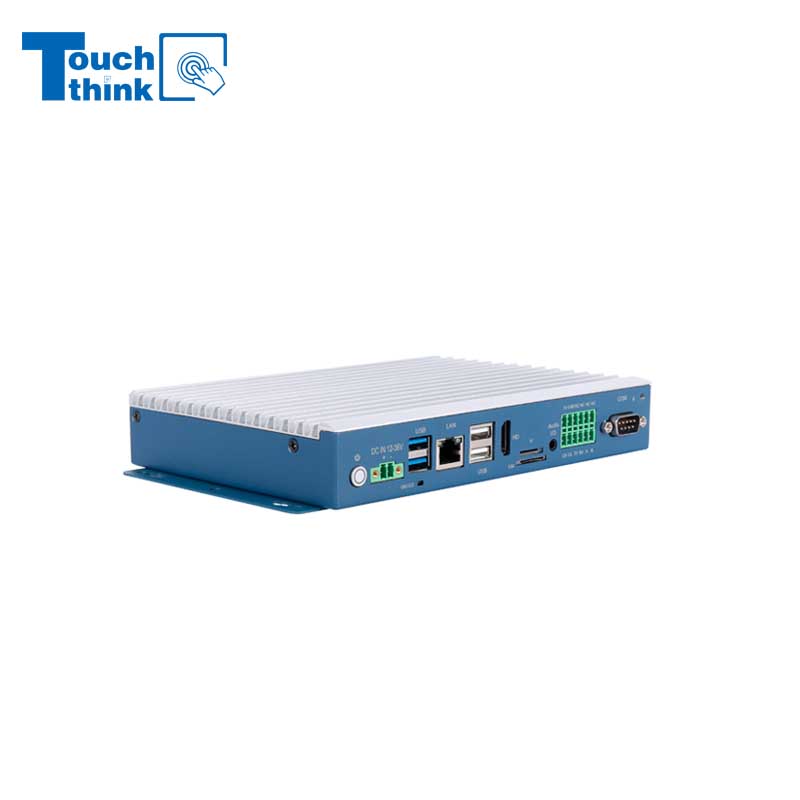
Embedded Fanless Computer ARM Cortex-A55 Quad-Core 64-bit Computers with 1TOPS NPU and Wi-Fi 6 Capabilities VIEW MORE
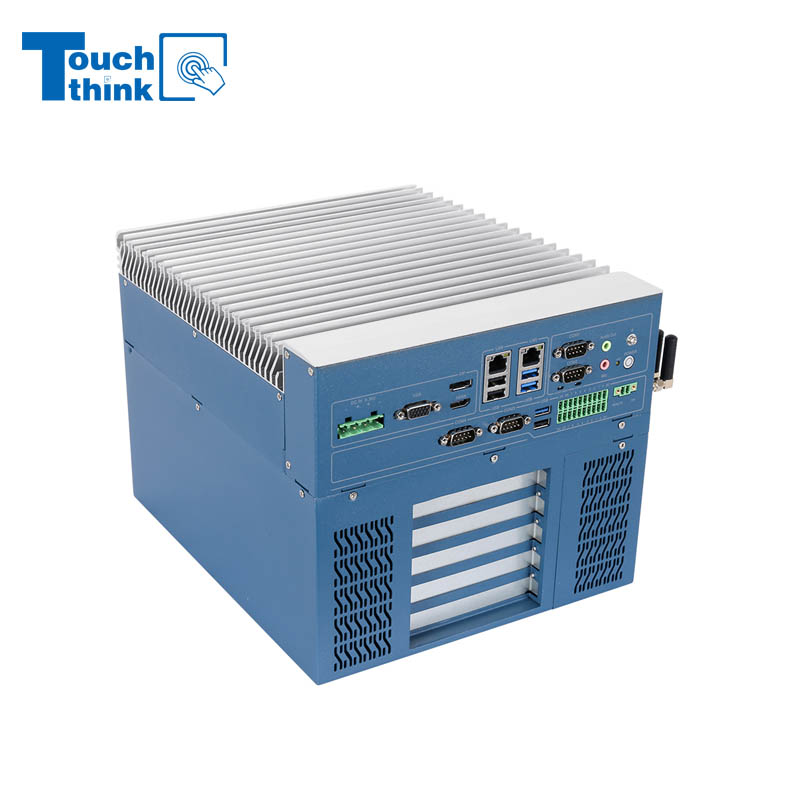
High Expandability Industrial Embedded PC with Expansion Slots PCIex16 PCIex4 9 to 36V Input VIEW MORE
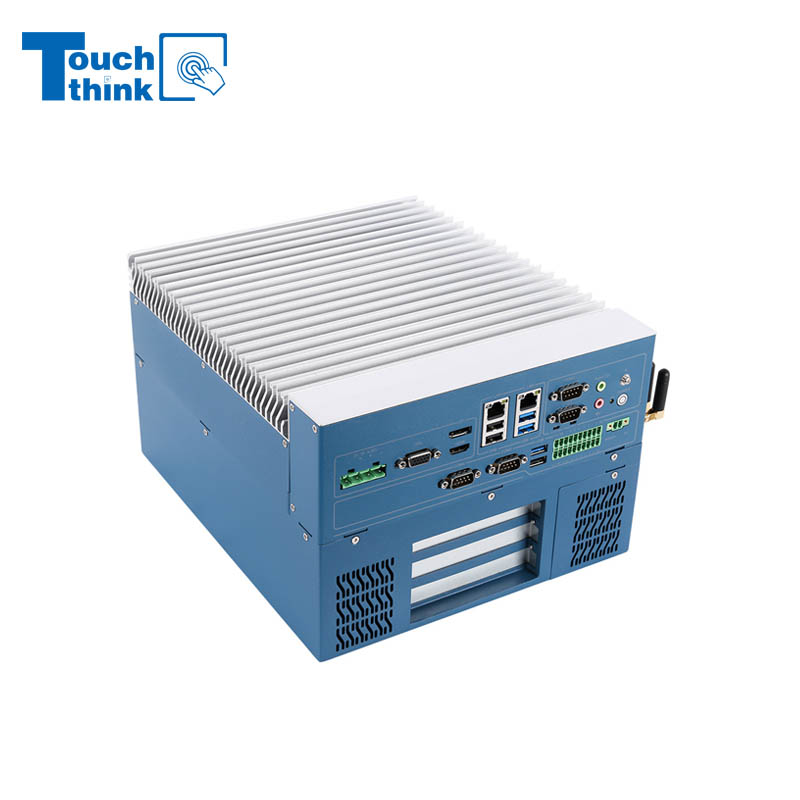
Modular Embedded Computer with Intel® Core 12/13/14th-Gen Processor 2.5GbE LAN VIEW MORE

Industrial Panel PC with NFC and QR Code Scanning Functions for Smart Factory VIEW MORE
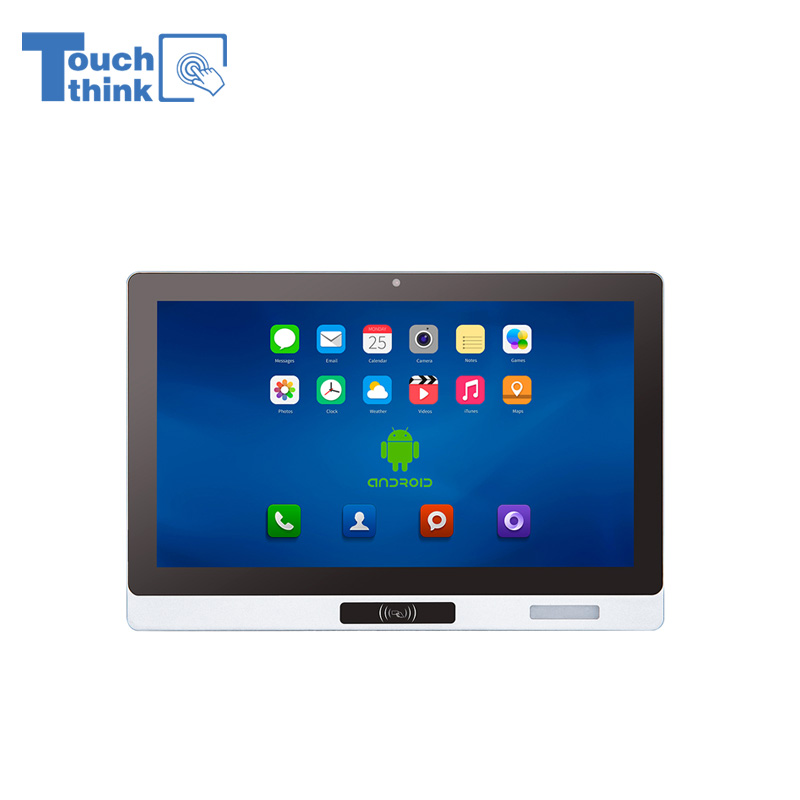
All-in-One Android Panel PCs with NFC/Camera For MES System in Digital Factory 24/7 Use VIEW MORE
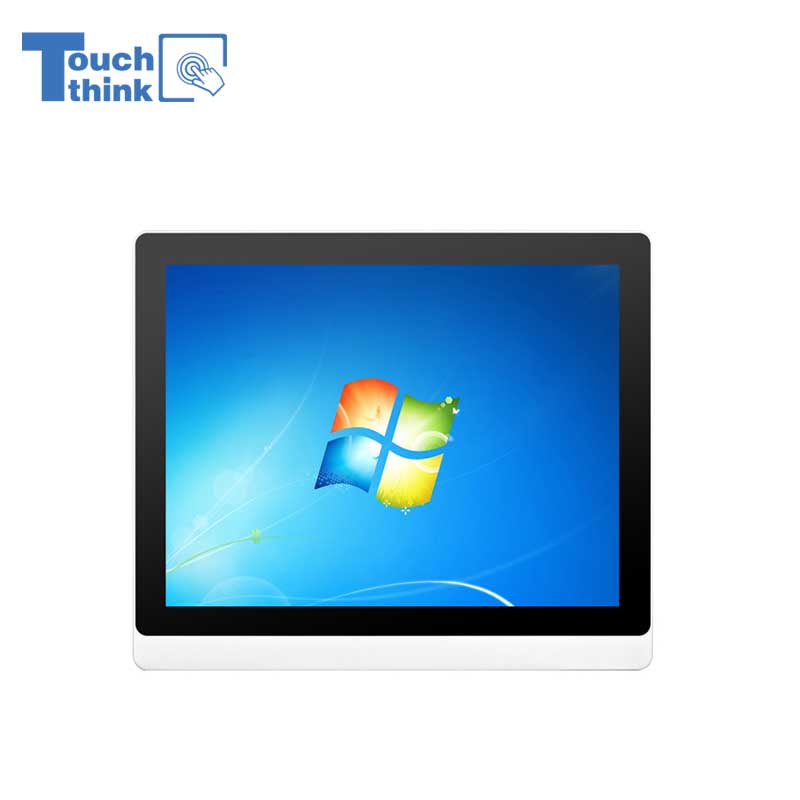
VESA Mount Industrial Touch Panel PC with i3 i5 i7 Processor Desktop Computer 8GB DDR4 128GB SSD VIEW MORE
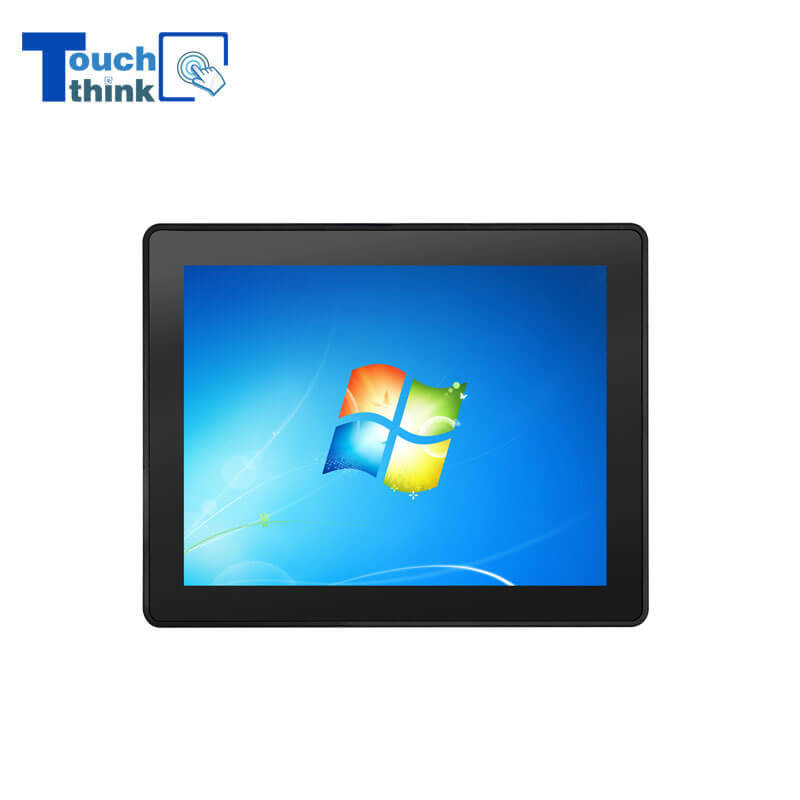
Rugged IP65 Industrial Touchscreen Computer Industrial HMI Panel PC VIEW MORE

8 inch Facial Recognition Terminal For Turnstile Access Control VIEW MORE

Android In-Vehicle Industrial Panel PC Vehicle AGV Computer VIEW MORE
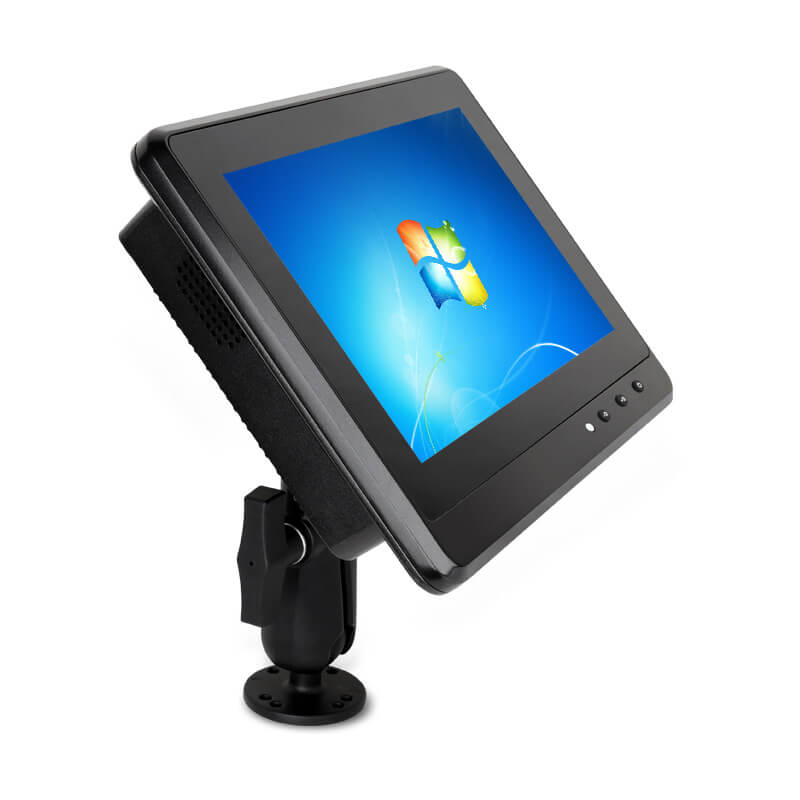
Transportation Panel PC Windows Vehicle Mounted Touch Computers VIEW MORE
Copyright © Shenzhen Touch Think Intelligence Co.,Ltd. All Rights Reserved Update cookies preferences